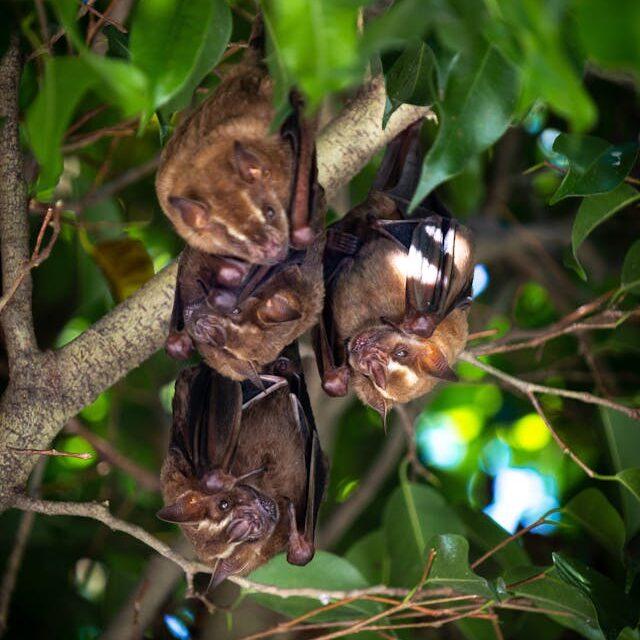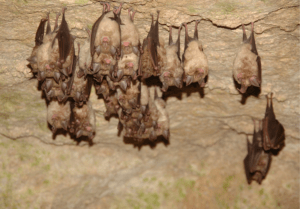Bats are notoriously thought of as vampires and used to depict a sense of evil in many popular movies and books. However, not everything we’ve been made to believe about bats is true. In fact, bats aren’t evil at all. Read on to learn more about the myths and misconceptions that have tarnished our outlook on bats:
Myth 1: All bats drink blood.
When the Dracula movie became popular, so did the misconception that all bats drink blood. This is untrue. There are over 1,000 species of bats and only one drinks blood. They’re called vampire bats and they drink the blood of mammals such as cattle, deer, and wild pigs. Only one of these bats was ever recorded to be found in the U.S. — they’re native to Central and South America, as well as northern regions of Mexico.
Myth 2: All bats are rabid.
Although bats can carry rabies, not all of them do. In fact, less than 1% of bats in nature carry rabies. This misconception arose due to testing practices. Unhealthy bats are easier to capture and bring in for testing. Unfortunately, unhealthy bats are also more likely to carry diseases, such as rabies. Testing mainly sick bats caused the misconception that bats carry rabies at a higher rate than they actually do. Still, if you encounter bats, it’s best never to touch them.
Myth 3: Bats are blind.
Surely you’ve heard the phrase “blind as a bat.” But, bats aren’t actually blind. This misconception is believed to come from how erratically bats fly around, almost as if they can’t see. Because they’re small animals, they have small eyes, but this doesn’t mean they’re blind. In fact, some species, such as fruit bats, are believed to have better vision than humans.
Bats are nocturnal animals. Their vision is attuned for darkness, and they rely on echolocation when hunting. So no, bats aren’t blind. Their vision is optimized for activity at nighttime.
Myth 4: Bats make nests in people’s hair.
Although it’s true that bats have gotten caught in people’s hair, it’s accidental, and their intention is not to make nests. In fact, bats don’t make nests at all. They hang upside down in caves or from trees and cover themselves with their wings.
Myth 5: Bat’s aren’t important.
Bats are commonly treated as pests and are unwelcome guests inside the home — but they’re also a protected species that play a vital role in nature. For example, bats are great pest control agents. They help protect crops by eating lots of harmful insects. They also help pollinate plants and disperse seeds of various crops.Although bats are important to our ecosystem, they sometimes make their way into our homes where they can cause damage and spread diseases. It’s better to appreciate them from afar. If you have a bat problem in your home, Pro-Staff is here to help you safely and humanely remove them. Call us at (515) 279-7378 or contact us online for your free inspection.


